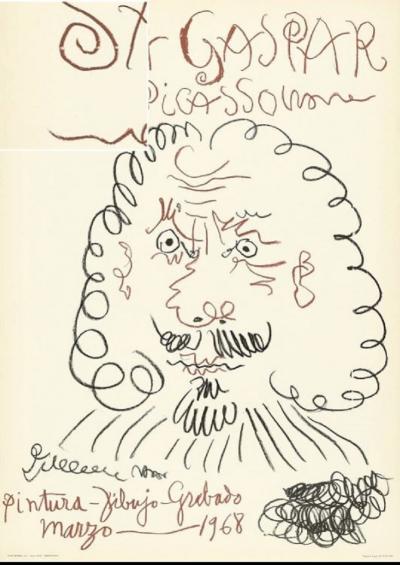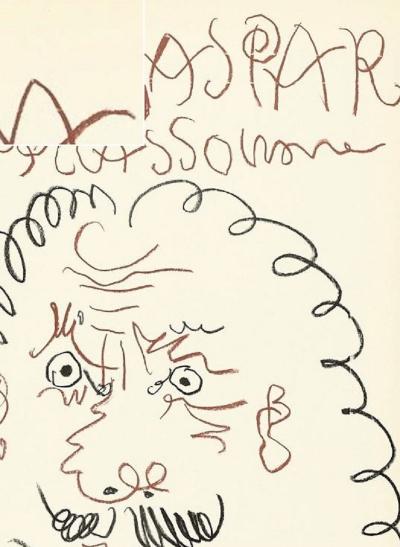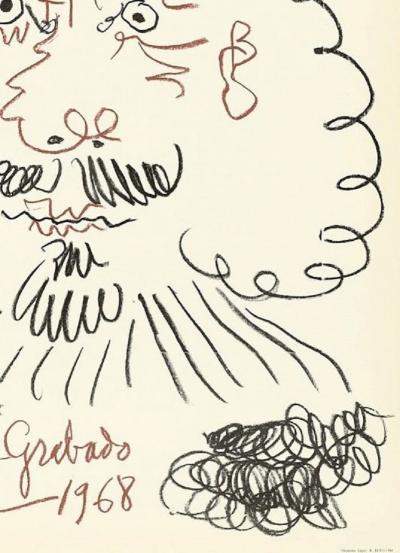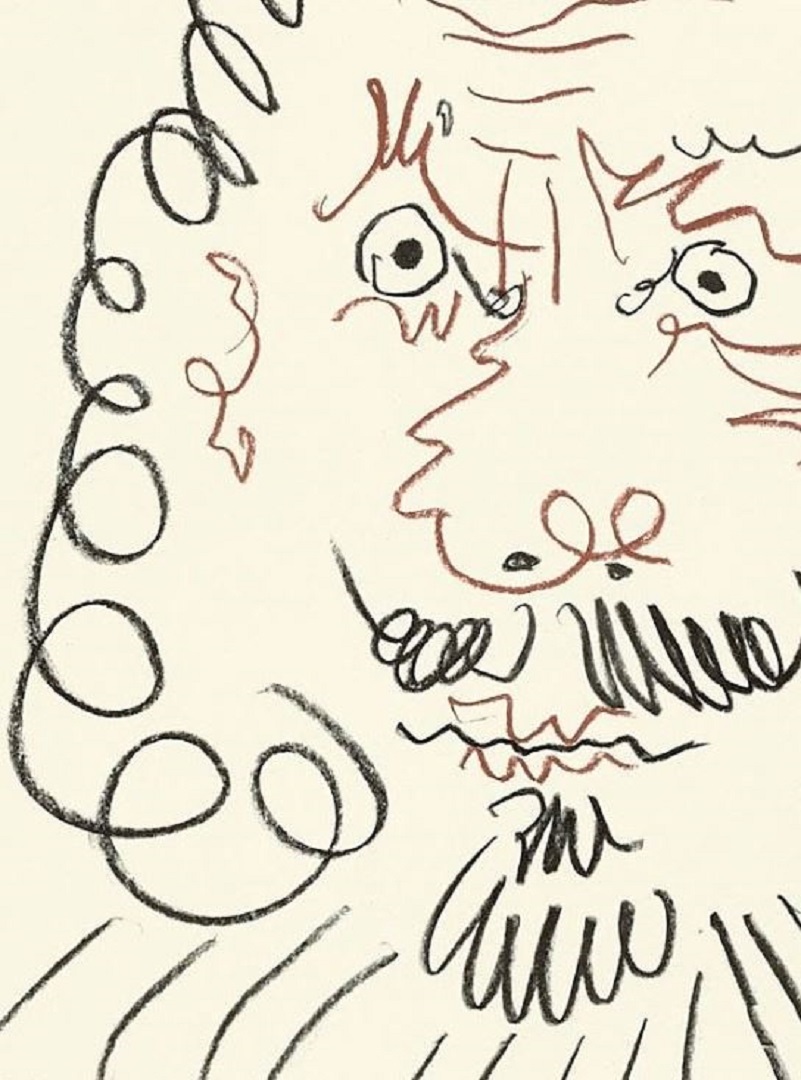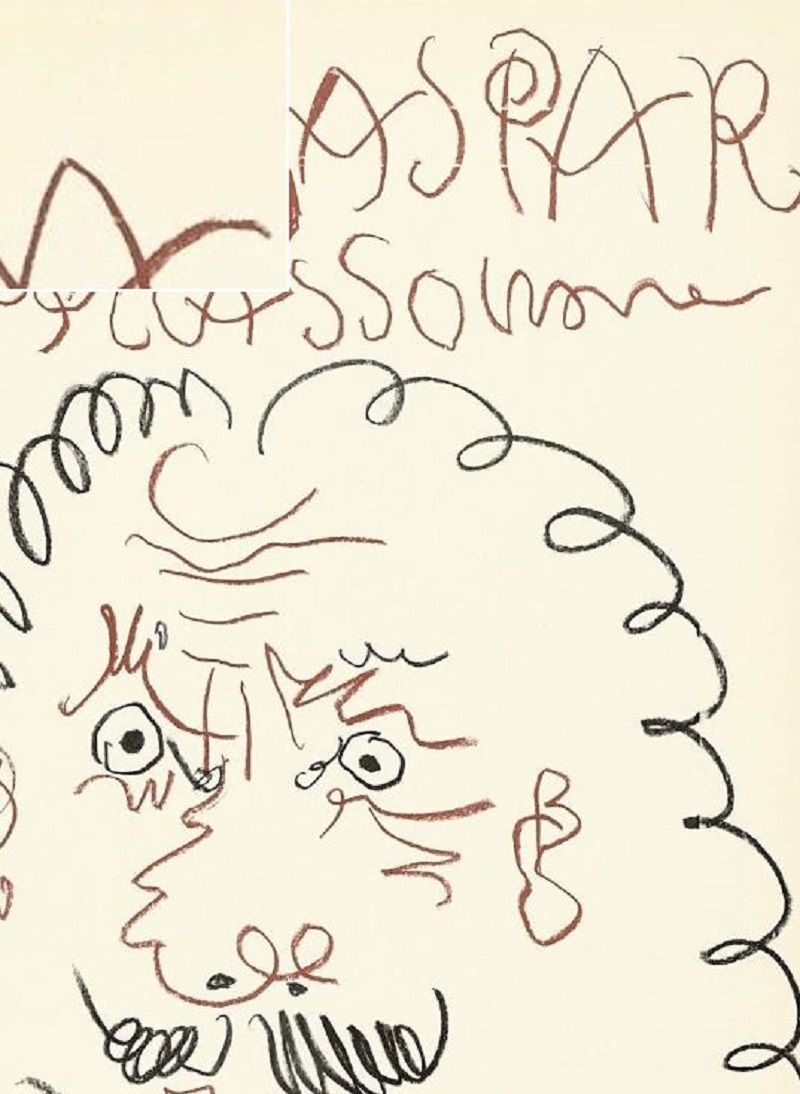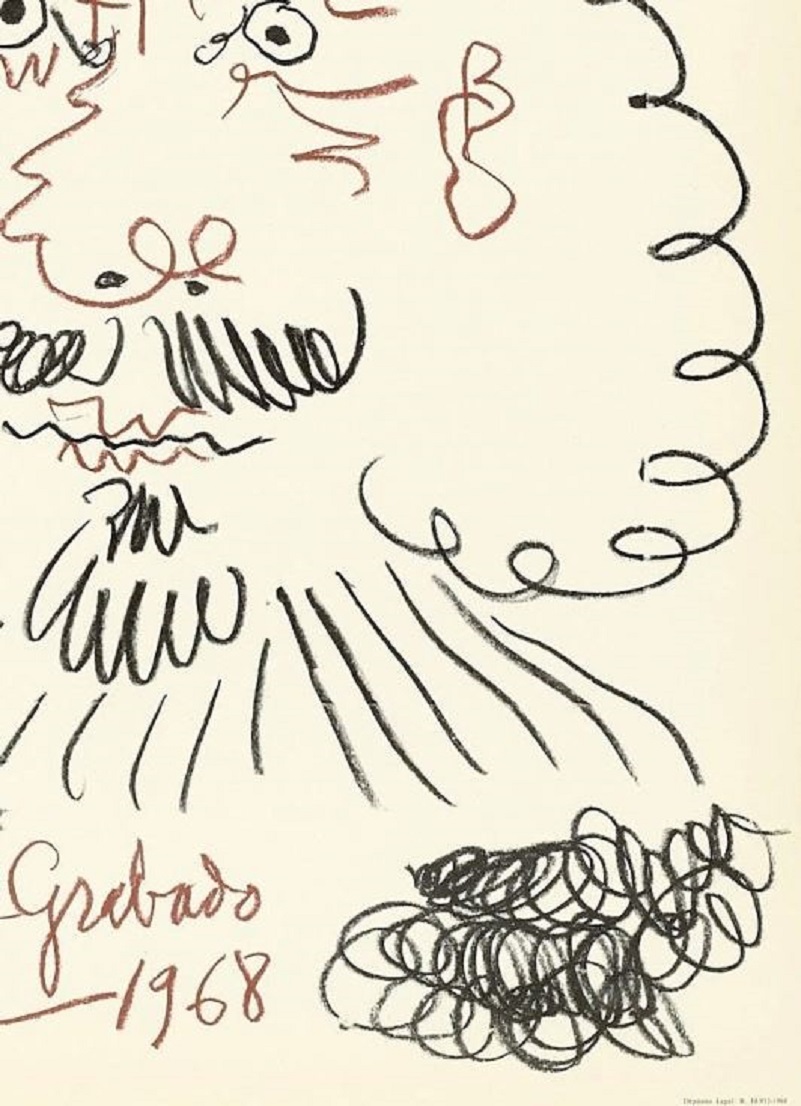-
-
- Alex Katz(1)
- Alexander Calder(20)
- André Derain(88)
- Andy Warhol(26)
- Antoni Tapiès(10)
- Arman(28)
- Aurélie Nemours(1)
- Bengt Lindström(7)
- Bernard Buffet(173)
- César(6)
- Charles Eames(1)
- Charlotte Perriand(17)
- Claude Weisbuch(39)
- Corneille van Beverloo(13)
- Eduardo Chillida(13)
- François Morellet(1)
- Georges Braque(74)
- Gustav Klimt(10)
- Hans Bellmer(20)
- Hans Hartung lithograph(23)
- Henri Matisse(139)
- Hervé Télémaque(6)
- Jacques Villeglé(5)
- Jean Cocteau(255)
- Jean Hélion(8)
- Jean Miotte(5)
- Jean Picart Le Doux(3)
- Joan Miro(134)
- Karel Appel(1)
- Keith Haring(8)
- Ladislas Kijno(3)
- Léonard Tsugouharu Foujita(51)
- Leonor Fini(103)
- Louis Toffoli(7)
- Marc Chagall(341)
- Marie Laurencin(47)
- Maurice de Vlaminck(40)
- Maurice Utrillo(15)
- Max Ernst(31)
- Mimmo Rotella(4)
- Niki de Saint Phalle(4)
- Pablo Picasso(423)
- Peter Klasen(4)
- Philippe Pasqua(3)
- Pierre Alechinsky(35)
- Pierre Soulages lithographs(45)
- Pierre Tal-Coat(6)
- Pierre-Yves Trémois(32)
- Raoul Dufy(57)
- Robert Combas(9)
- Salvador Dali(424)
- Théo Tobiasse(5)
- Tony Soulié(5)
- Valério Adami(37)
- Victor Vasarely(5)
- Yves Brayer(43)
- Zao Wou-Ki(11)
Top artists -
-
-
-
- Alex Katz(1)
- Alexander Calder(20)
- André Derain(88)
- Andy Warhol(26)
- Antoni Tapiès(10)
- Arman(28)
- Aurélie Nemours(1)
- Bengt Lindström(7)
- Bernard Buffet(173)
- César(6)
- Charles Eames(1)
- Charlotte Perriand(17)
- Claude Weisbuch(39)
- Corneille van Beverloo(13)
- Eduardo Chillida(13)
- François Morellet(1)
- Georges Braque(74)
- Gustav Klimt(10)
- Hans Bellmer(20)
- Hans Hartung lithograph(23)
- Henri Matisse(139)
- Hervé Télémaque(6)
- Jacques Villeglé(5)
- Jean Cocteau(255)
- Jean Hélion(8)
- Jean Miotte(5)
- Jean Picart Le Doux(3)
- Joan Miro(134)
- Karel Appel(1)
- Keith Haring(8)
- Ladislas Kijno(3)
- Léonard Tsugouharu Foujita(51)
- Leonor Fini(103)
- Louis Toffoli(7)
- Marc Chagall(341)
- Marie Laurencin(47)
- Maurice de Vlaminck(40)
- Maurice Utrillo(15)
- Max Ernst(31)
- Mimmo Rotella(4)
- Niki de Saint Phalle(4)
- Pablo Picasso(423)
- Peter Klasen(4)
- Philippe Pasqua(3)
- Pierre Alechinsky(35)
- Pierre Soulages lithographs(45)
- Pierre Tal-Coat(6)
- Pierre-Yves Trémois(32)
- Raoul Dufy(57)
- Robert Combas(9)
- Salvador Dali(424)
- Théo Tobiasse(5)
- Tony Soulié(5)
- Valério Adami(37)
- Victor Vasarely(5)
- Yves Brayer(43)
- Zao Wou-Ki(11)
Top artists -
-
Pablo Picasso (after) - Pintura-dibujo-grabado, 1968 - Original poster
Pintura-dibujo-grabado, March 1968
Original lithographic poster
Poster published on the occasion of the artist's individual exhibition at Sala Gaspar, Barcelona, in March 1968.
Poster published by Sala Gaspar, under the direction of Picasso.
Limited edition of 5000 copies.
Dimensions 70 x 50 cm
Very good condition (shows slight general yellowing, due to its age, this work has never been framed or exhibited).
Dimensions :
- Height : 70 cm
- Width : 50 cm
Pintura-dibujo-grabado, mars 1968
Affiche lithographique originale
Affiche publiée à l'occasion de l'exposition individuelle de l'artiste à la Sala Gaspar, à Barcelone, en mars 1968.
Affiche éditée par Sala Gaspar, sous la direction de Picasso.
Édition limitée à 5000ex.
Dimensions 70 x 50 cm
Très bon état (présente un léger jaunissement général, dû à son âge, cette œuvre n'a jamais été encadrée ni exposée).
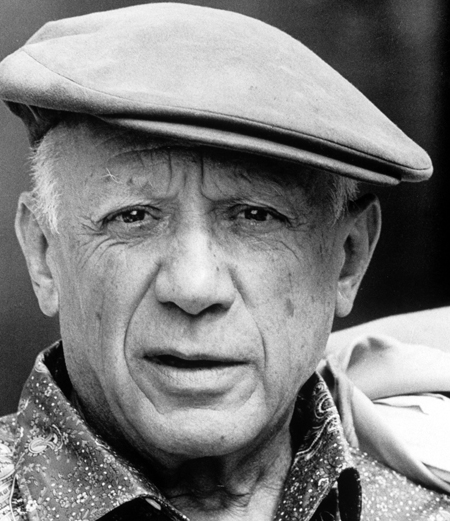 Pablo Picasso :
Pablo Ruiz Picasso is one of the greatest artists of the 20th century.
Born in Malaga in 1881, he arrives at Barcelona at 15 and makes his first exposition five years later. He established himself at "Bateau-Lavoir" studio in Paris (Montmartre) in 1904. His early paintings are classical at that time and divided by periods, the "blue period" (1901-1904) followed by the "pink period" (1904-1906).
Marked by new influences (Ingres, Cézanne, Gauguin) and new meetings (Matisses, Braques, Derain), Picasso's painting made a radical turn clearly perceptible in his "Demoiselles d’Avignon" (1906-1907). This geometrization which quickly became fragmentation, followed by Braque, announced the birth of Cubism. In this revolutionary artistic impulsion, the year 1911 is marked by the first "papiers collés" of the art History. His native Spain clearly influenced his works between 1930-1944. Affected by the Civil War, he awaked himself to militancy with "Guernica", 1937. A same anxiety can be felt through his parisian works during Second World War ("Still life with steer skull", 1942). His setting in the south of France and his membership to the Communist Party in 1944 gives way to hope in his painting ("La joie de vivre", 1946). Years 1950-1960 show the influence of contemporaries such as Matisse and great masters as Delacroix, Velázquez, Manet or David. He works until his death in Mougins, in 1973.
Pablo Picasso :
Pablo Ruiz Picasso is one of the greatest artists of the 20th century.
Born in Malaga in 1881, he arrives at Barcelona at 15 and makes his first exposition five years later. He established himself at "Bateau-Lavoir" studio in Paris (Montmartre) in 1904. His early paintings are classical at that time and divided by periods, the "blue period" (1901-1904) followed by the "pink period" (1904-1906).
Marked by new influences (Ingres, Cézanne, Gauguin) and new meetings (Matisses, Braques, Derain), Picasso's painting made a radical turn clearly perceptible in his "Demoiselles d’Avignon" (1906-1907). This geometrization which quickly became fragmentation, followed by Braque, announced the birth of Cubism. In this revolutionary artistic impulsion, the year 1911 is marked by the first "papiers collés" of the art History. His native Spain clearly influenced his works between 1930-1944. Affected by the Civil War, he awaked himself to militancy with "Guernica", 1937. A same anxiety can be felt through his parisian works during Second World War ("Still life with steer skull", 1942). His setting in the south of France and his membership to the Communist Party in 1944 gives way to hope in his painting ("La joie de vivre", 1946). Years 1950-1960 show the influence of contemporaries such as Matisse and great masters as Delacroix, Velázquez, Manet or David. He works until his death in Mougins, in 1973.
This item is not available. Please click on « View the catalog » to see similar items available.
